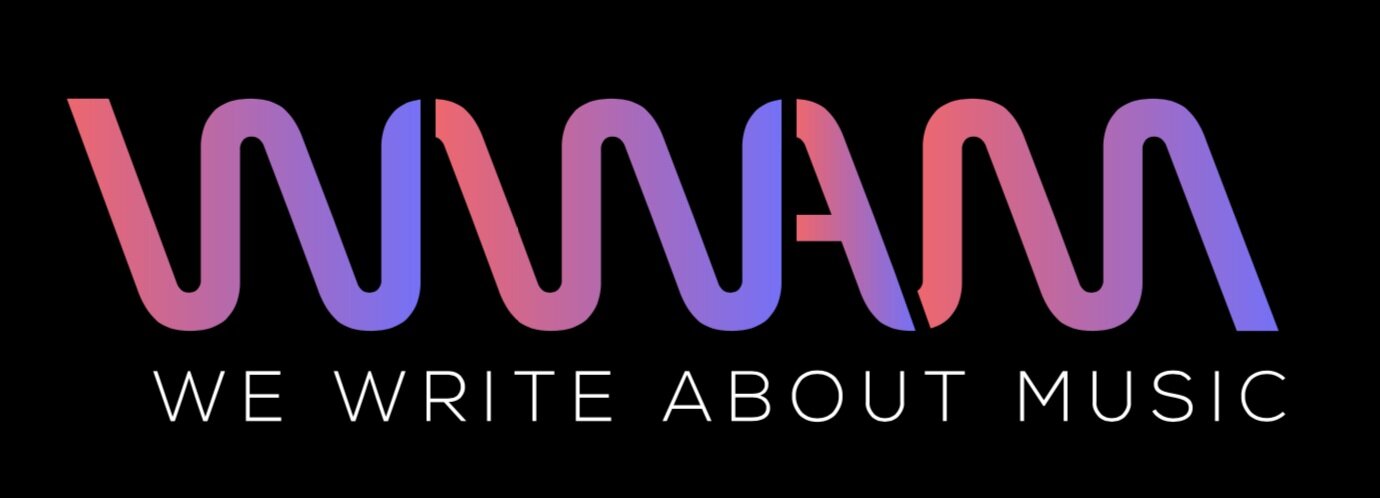A Short History of the Evolution of Music in Video Games
In 1972, Atari released the original Pong arcade video game. It featured three simple sounds to represent when the ball hit a paddle, bounced off a wall, or when a player scored a point. To this day, the sounds of Pong remain familiar to both young and old gamers alike. By using minimal sound it jumpstarted the evolution of music in video games.
Unlike today’s games, which run on modern computers, the games in the ‘70s had less than half a megabyte of memory to work with. This is why Pong didn’t have any music and used only very minimal synth sounds. However, with its three electronic notes, the game suddenly made simple onscreen actions much more tangible and closer to the real world. This was where it all began. With just a couple hundred kilobytes of memory to develop entire games, video game makers started crafting soundtracks that despite taking up very little space proceeded to occupy people’s minds. The video game music genre called chiptune was born.
Now more popularly known as 8-bit music, chiptune or chip music utilized the basic sound chips and synthesizers in vintage arcades to create the first video game soundtracks. Without the complexities of true analog music, chiptune synth sounds could be crafted into entire multi-layered songs while taking up only several kilobytes of space. As video games entered the mainstream market, mass media had already associated certain music with specific genres and emotions. Inspired by television and film soundtracks, game makers used these associations to create chiptune music that exponentially increased the immersive power of the earliest games.
The music from the Castlevania games for instance, are melodically very similar to Johann Sebastian Bach’s Toccata & Fugue in D Minor. Even if you’re not familiar with this classical song, you’ve likely heard its sinister organ sounds in different horror films. Meanwhile, games like Mario used chiptune to create some of the most iconic level-specific music in video game history. As computers and consoles became more powerful, chiptune or 8-bit music became a genre instead of a necessity.
In the modern era of video games, these previous limitations to digital memory no longer exist. By the time the ‘90s rolled in, games like the Final Fantasy series started the still ongoing trend of using orchestral, film-quality music to score epic and next-gen games. Given the sheer diversity of the games that people play today, virtually any type of music will fit into a video game somewhere. It wouldn’t be that much of a surprise to hear that indie alternative pop rock artists like Cam Coda started scoring video games. With practically zero technical and stylistic limitations, the sky is the limit for modern game developers.
In online gaming, developers are able to carefully pick the music to correspond with specific themes used to target certain gaming markets. Gala Bingo has a wide variety of slot titles where this can be observed. The online slot Monsters of Rock, which features archetypes of rock stars as symbols, makes heavy use of ‘80s and ‘90s classic rock tunes. On the other hand, Slingo Advance with its retrofuturistic theme uses vapourwave or new wave revival to fit its Tron-inspired visuals. In the new Rick and Morty slots, which target fans of the show, developers opted for music that borrows the series’ Dr. Who-inspired synths and sci-fi sounds.
From the very first mainstream arcade games and next-gen titles to modern online slots designed for niche markets, music has played a large role in video game immersion, development, and marketing. Today, the evolution of video game scoring has birthed both a global industry as well as a unique category of music. And in the coming years, gamers will bear witness to the rapid and sustained growth of both.

